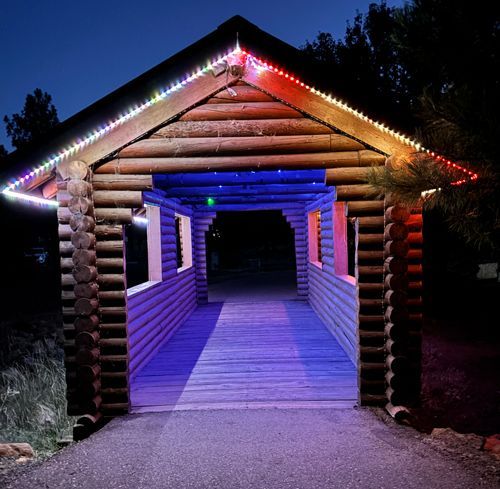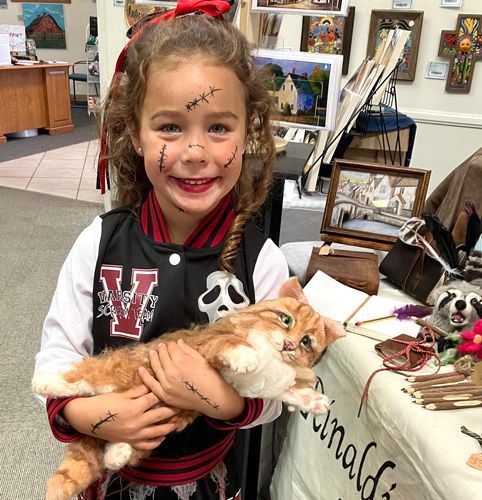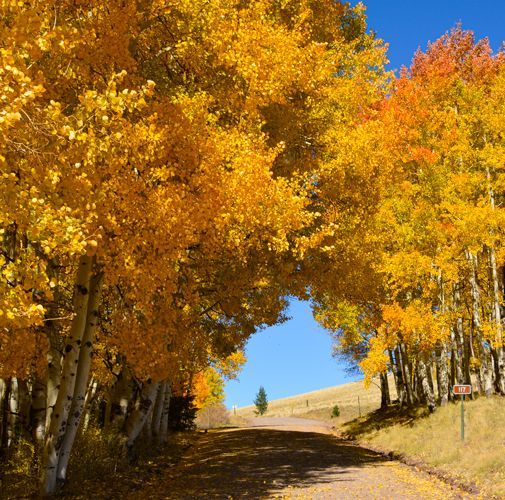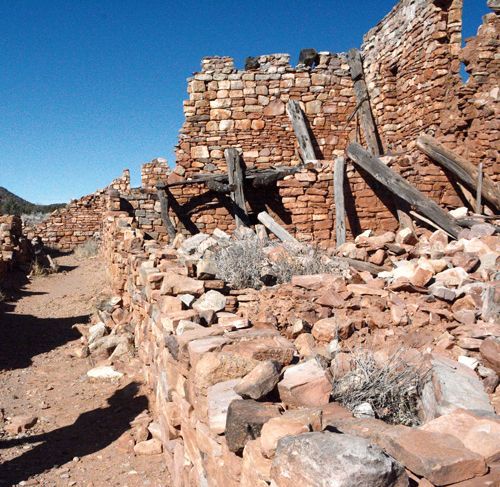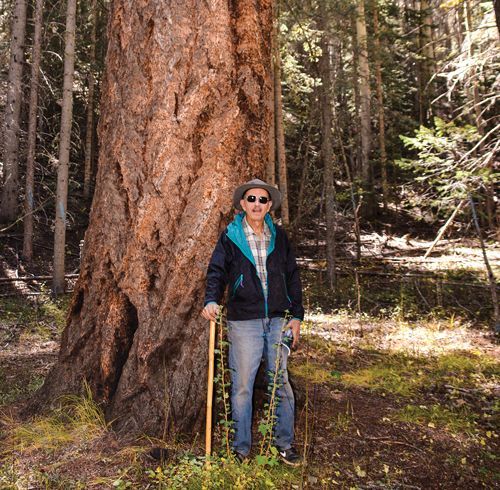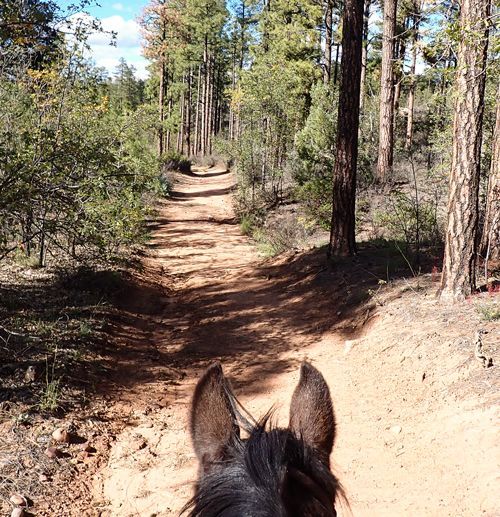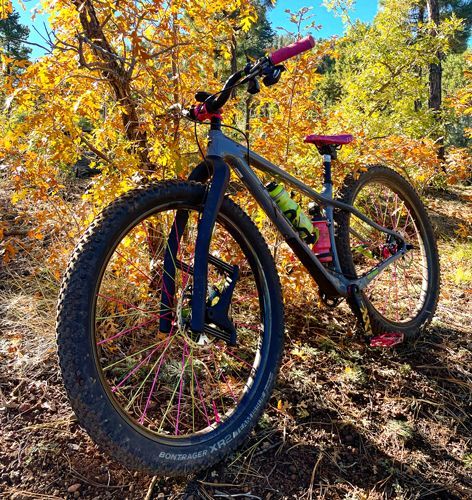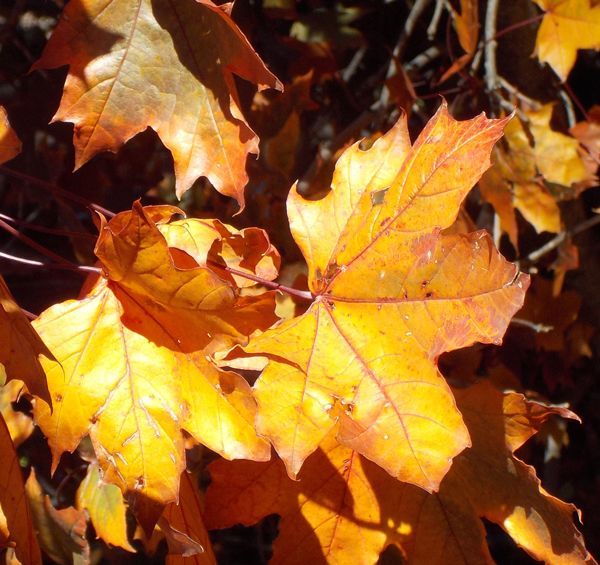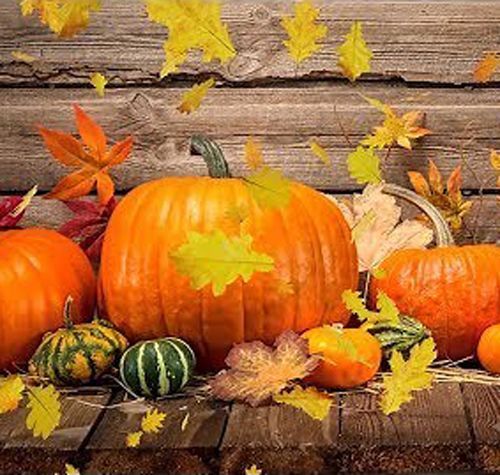VISITING OATMAN, ARIZONA

“Wild a** town!” (no pun intended) is how one visitor describes Oatman, Arizona. And indeed, one may conclude this statement is extremely true when observing wild burros freely roaming the streets of the old mining town, Oatman, located twenty-nine miles southwest of Kingman, Arizona. The wild burros of all sizes and ages are sweet, crazy, raucous, rowdy, noisy and definitely the rulers of Oatman, Arizona. Protected by Federal law, the burros are not to be harmed, captured, mistreated, restrained or incarcerated -- however, the visiting public seem to thoroughly enjoy petting them, watching them, feeding them alfalfa treats and occasionally running crazily for protection due to fear of being kicked or ran over by the wild burros when they decide to challenge each other.
And they are NOISY! When agitated with each other, the braying of a discontented burro is ear shattering but tremendously entertaining. I find myself giggling every time; yet, I have noticed other visitors look frightened. I do not know if this is a fault line with my sense of humor or if, in fact, it is just hysterically funny to hear a burro’s expression of discontentment with such conviction and threatening dialogue. A good, loud bray is worth a thousand words! Everyone moves out of the WAY!
The flip side of the coin to the wild side of the burro inhabitants is the sweet side of the burros. Many are smaller and love the attention of Oatman visitors. Asking to be petted, many burros will softly nudge visitors, hoping to be rewarded by a gentle touch or alfalfa treat.
But how did this old western town become so populated with wild burros? Oatman, located in the Black Mountains of Mohave County, became a boom town of gold seekers in the early 1900’s. Gold attracted many miners. According to a sign by the old Oatman Mercantile, 1.8 million ounces of gold had been extracted by the mid 1930’s. The miners needed a way to haul the rock and ore from the mines so burros were a very economical and dependable solution. The miners also used burros to transport supplies and water from the town to the mine sites.
However, the boom did not last long. By the early 1940’s, the depletion of gold from the mines caused the boom to end. Many of the gold mines were closed by 1942. Gold miners left Oatman, leaving behind their dreams of riches and their reliable transportation of goods, the wild burros.
Being a town located on Route 66 helped Oatman survive in the 1940’s and early 1950’s after the gold bust. This advantage too was short-lived when Oatman was bypassed for a new highway stretching between Kingman and Needles in 1953. By the end of the 1950’s, little promise was left for Oatman, a village preserved with relic buildings of the old west and a population growth of wild burros.
Historically, the town of Oatman was named in honor of Olive Oatman, a young teenage girl captured by Native Americans after a raid on her family in the early 1850’s. Conflicting reports exist as to where her family was located when the Oatman Massacre occurred and the identity of the raiding party. However, Olive Oatman, along with her younger sister, were taken as slaves for the Native Americans until sold to Mohave Indians visiting the village. During her time with the Mohave Indians, Olive Oatman was tattooed with a blue chin design on her face. Again, there are conflicting reports surrounding the tattoo on her chin. Some believe the tattoo represented Olive as being a slave for the Mohave peoples while others claim it was a symbol to be recognized after death to identify Olive as a Mohave and be united with Mohave ancestors in the spirit world.
Sadly, it is believed her young sister died of starvation while in captivity. Yet, when Olive was nineteen, she was released by the Mohave Indians to be transported to Fort Yuma. Unbeknownst to Olive Oatman, her brother, Lorenzo, had survived the massacre. Brother and sister were reunited shortly after her arrival at Fort Yuma. Olive Oatman survived many hardships. As a testament to her strong constitution, she married John Fairchild, a wealthy banker and moved to Texas, often wearing a dark veil to conceal her blue tattoo.
However, the blue tattoo is very apparent in the portrait of Olive Oatman painted on the Olive Oatman Restaurant and Saloon in the town named in her honor -- Oatman, Arizona. The portrait of Olive Oatman catches the eye, brilliantly painted on the rustic wooden boards of a western saloon in an era long, long ago, faded slightly by the hands of time.
The famous Oatman Hotel, established in 1902, has the ambience of yesteryear. Reportedly, the honeymoon destination for Clark Gable and Carole Lombard, their hotel room is preserved in the aura of March 18, 1939 when the two stayed in the upstairs suite after their wedding in Kingman. Once again, conflict plagues the true history of this event as the New York Times reported the couple did not marry until March 29, 1939. Many believe ghosts -- perhaps of Clark Gable and Carole Lombard -- visit the destination to this day, rambling quietly around the premises, considerably quieter than their company of braying wild burros in the streets.
Oatman is truly a preservation of time long past. The buildings reflect the workmanship of the early 1900’s or earlier, with little being altered or renovated. Oatman is a destination for those travelers loving the imagination of the old west, seeking adventure in the setting of a town standing strong for decades through the good times and the bad. It is the destination to observe the blessing which keeps the town alive today -- the wild burros. For many, Oatman is identified as the old western town with the wild burros for it is the wild burros who draw the attention of the travelers with their sweet, crazy, raucous, rowdy, noisy and wild a** ways.
Happy, Happy Thanksgiving to you and yours! May your travels be safe, your blessings be many, your troubles few. And if you visit Oatman, may your legs carry you fast out of harm’s way if the burros are on the run. Another bit of advice: if you purchase an ice cream cone and stand on the wooden sidewalk of Oatman, you WILL attract the burros! Happy Holidays!

